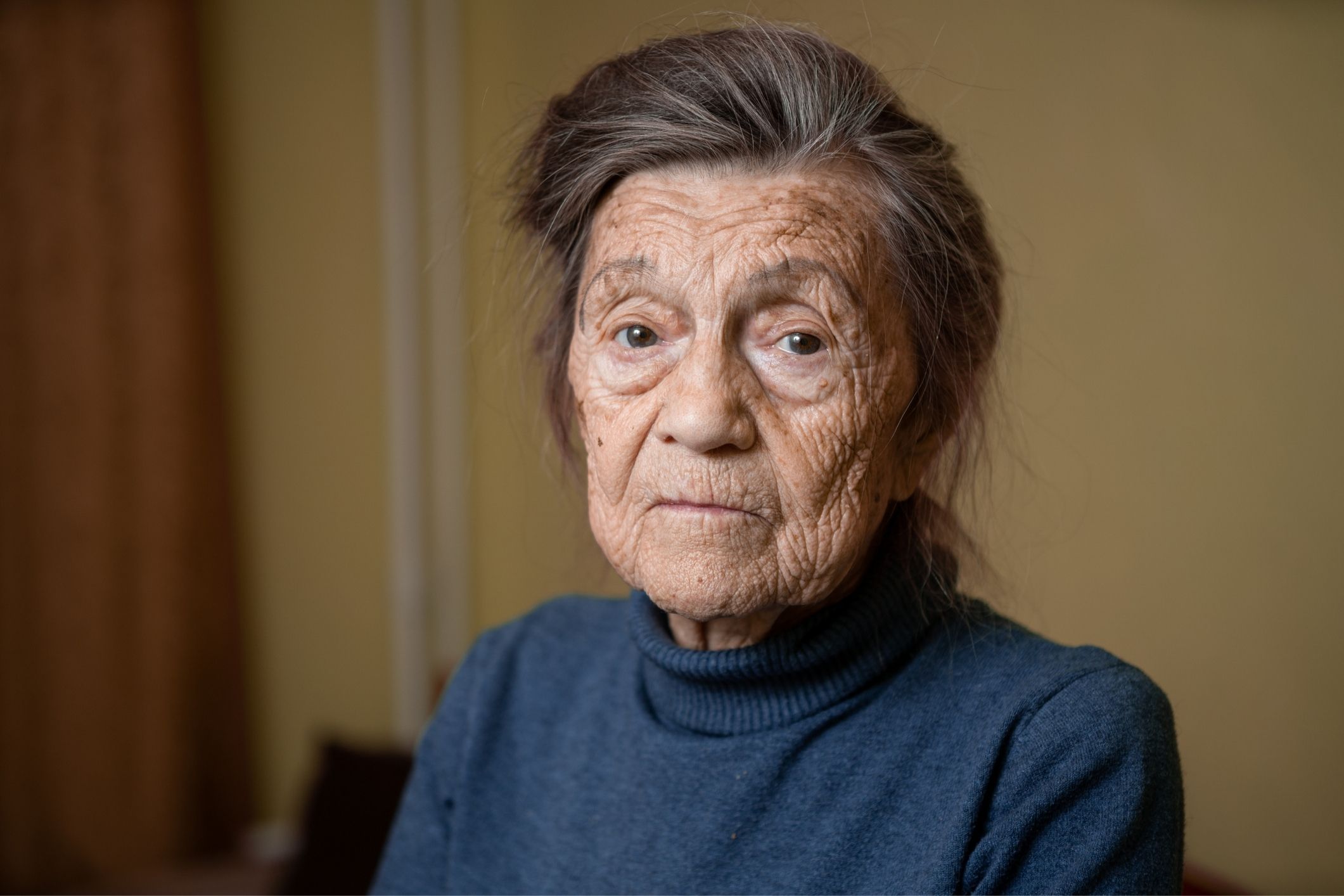
However, it has remains uncertain whether the trend reflects an actual increase in incidents, or an increase in reporting due to greater awareness amongst staff.
General recognition of the existence of aged care sexual assault survivors has been slow, though within recent years there has been attempts to bring the issue into our living rooms, with headlines in the media, issues discussed in political conversations, and the inclusion of this demographic in family, domestic and sexual violence awareness campaigns, Inquiries and Royal Commissions.
However, despite this, we lack a meaningful awareness of older survivors – that is an awareness that generates both understanding and change in practice.
There are many barriers to detecting sexual violence in aged care, including the presence of cognitive impairments which can hinder the detection and disclosure of incidents and ageist attitudes that contribute to incidents being ignored or minimised.
The Health Law & Ageing Research Unit at Monash University, sought to better understand aged care nurses’ perception of unwanted sexual behaviour (USB) in residential aged care services (RACS).
This is a dramatic underestimate by a factor of ten when compared to the current government and regulator’s actual annual national prevalence rates.
This data which reveals that sexual assault is far more prevalent than with at least 2250 sexual assault incidents occurring in Australian aged care services annually.
Those surveyed also had limited experience of being informed of an incident, reporting, and witnessing an incident of USB.
Whilst none of the respondents reported a staff-to-resident incidents of USB in the past 12 months. Perhaps even more concerning is that few knew if their facility had reported incidents to the Aged Care Quality and Safety Commission (the regulator) and/or police in the past 12 months.
Barriers to reporting incidents that were identified included: a lack of reporting procedures training, lack of knowledge to determine what constitutes USB, unclear reporting procedures, disbelief that RACS will take constructive action, and feeling unable to discuss incidents with their manager/supervisors.
The level of sexual violence in aged care is underestimated with a substantial gap in aged care staff’s awareness.
This must be addressed if we are to prevent sexual violence in aged care. Strategies to raise awareness must be accompanied by initiatives to provide care staff with services and resources which support behaviour change.
Written by Daisy Smith, Meg Wright and Joseph Ibrahim – Monash University
Enrol now at: https://shop.monash.edu/short-course-preventing-unwanted-sexual-behaviour-in-residential-aged-care-services.html
Research article available at: https://onlinelibrary.wiley.com/doi/10.1111/ajag.13014
There are not enough staff. If they report the incident it takes time and there is a possibility that days later a Manager might ask you to explain. This is not something that you want if your work is very insecure and you are on a work visa. This is why everything is under reported. If you see nothing there is nothing to report. Safe care requires safe work. No one is safe in this environment.
This is indeed a vexed area that cuts across cultural, religious, philosophical, ethical and ethnic lines. The article does not tell us much and I have not been able to get a copy of the published version. What can we say? First, that what constitutes inappropriate sexual behaviour depends on a number of variables, not the least being – is the behaviour interpreted by staff as being sexually inappropriate? Staff propensity to identify a behaviour as falling under the heading of ‘sexual violence’ may depend on their own (staffs) view of sexuality, of how older people ‘ought’ to behave, of how people with cognitive impairment ‘ought’ to behave, and may reflect their own cultural and religious attitudes. As we know, a large number of care staff in aged care facilities are from CALD backgrounds.
Second, I have this feeling that what we see in the media, electronic and print, bears little relationship as to what happens on the ground in RACFs. The media loves a story about sex. Especially when elderly people are involved. I’m not sure that the representation of RACFs that we see in the media and the ubiquitous ‘horror stories’ are any indication as to what goes on there at all.